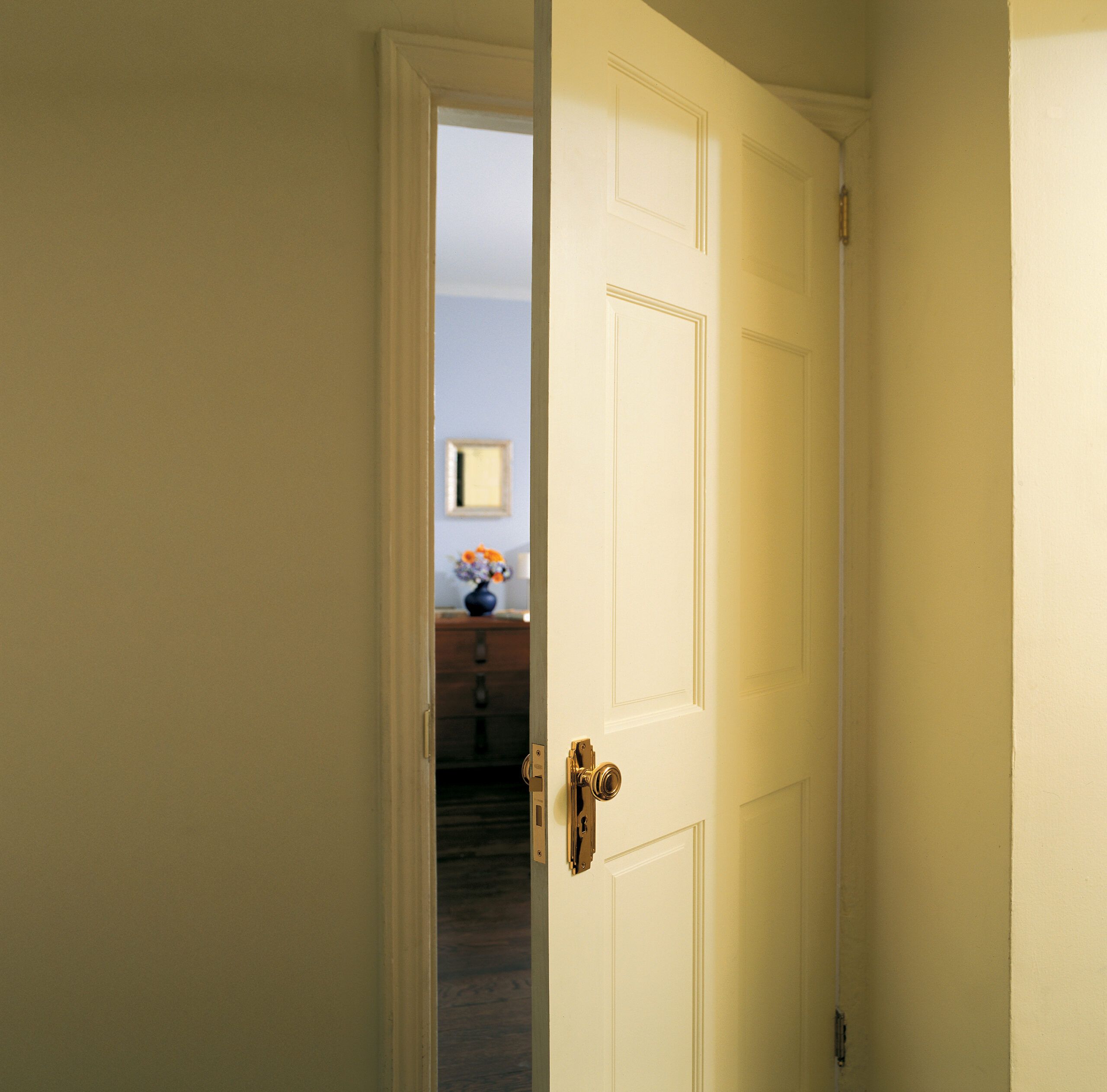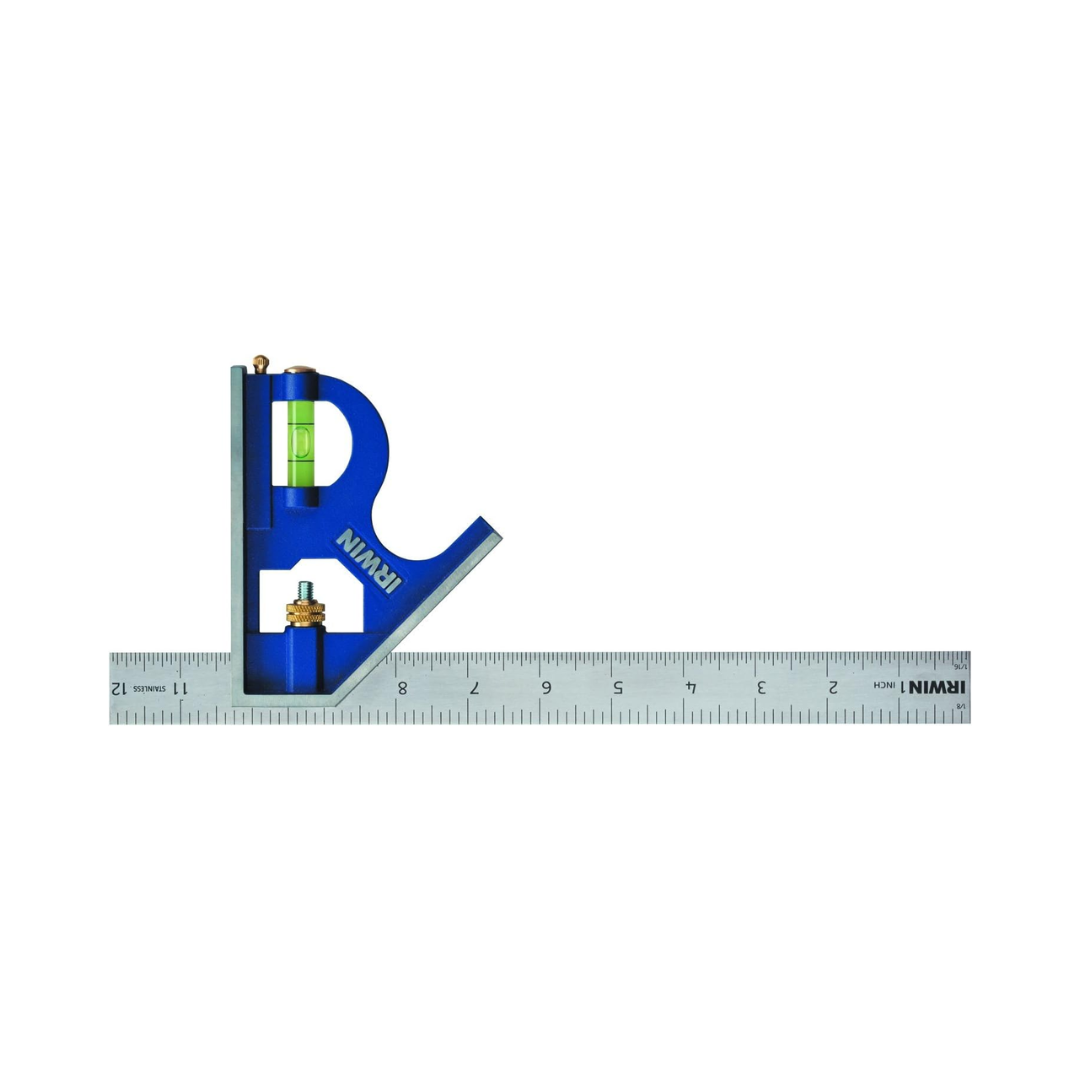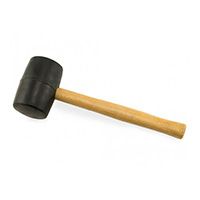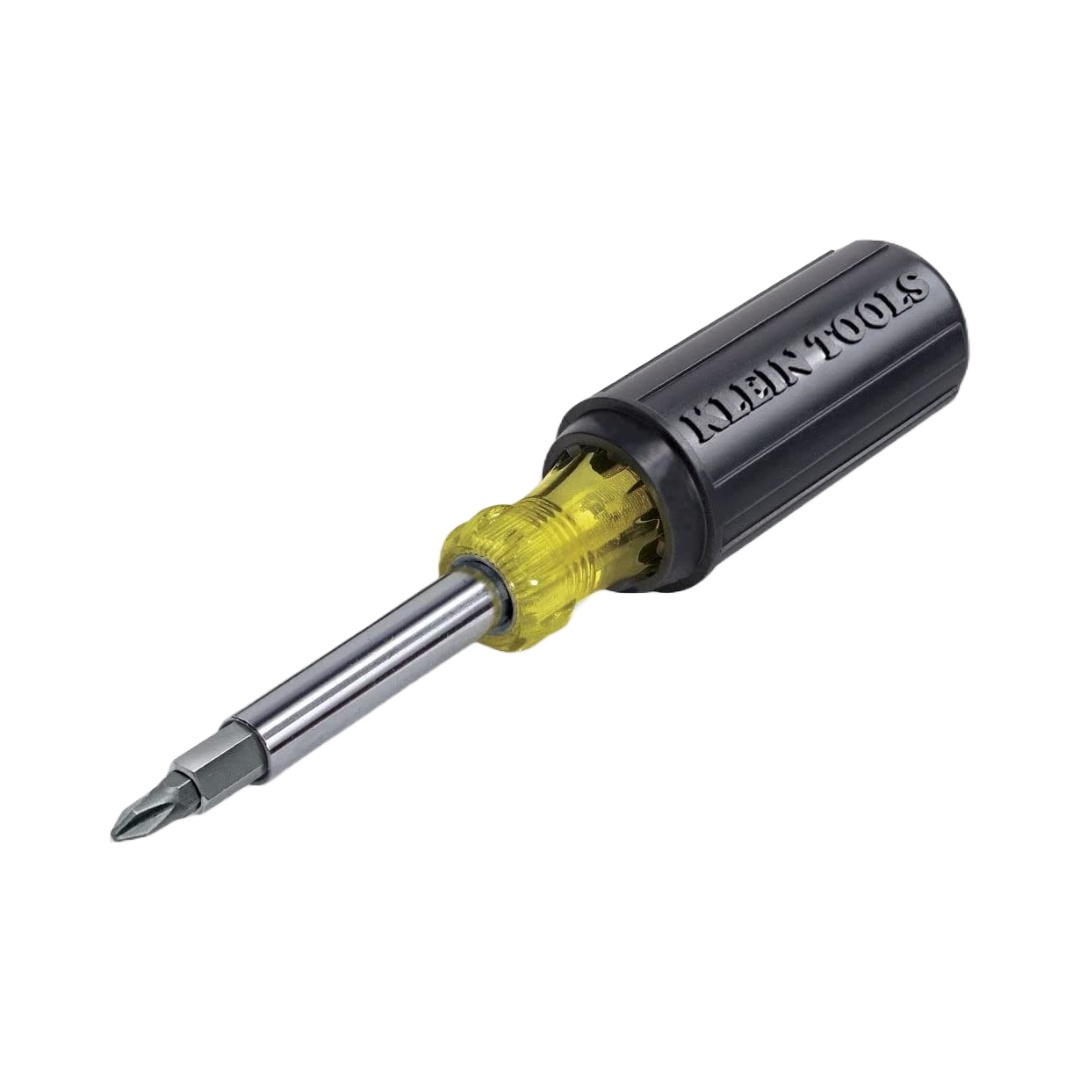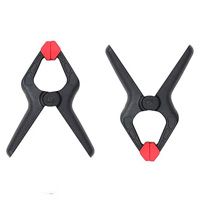We may be compensated if you purchase through links on our website. Our team is committed to delivering honest, objective, and independent reviews on home products and services.
Project details
Skill
Cost
Estimated Time
Have your doors seen better days? Hanging new interior doors can enhance the look and functionality of your living space.
While it may seem daunting at first, with the right tools, materials, and guidance, you can install a new door or replace an old one in a weekend. Let’s look at the different door types and how to install them.
Understanding Door Types and Materials
The material and construction of your door will impact its weight, durability, and sound-blocking capabilities. Here are some common types of doors.
Solid Wood Doors
Solid wood doors are the traditional choice for interior doors. They offer excellent sound insulation and a classic look. These doors are heavy and durable, making them ideal for those seeking a long-lasting option.
Medium-Density Fiberboard (MDF) Doors
Medium-density fiberboard (MDF) doors are a popular modern alternative to solid wood. They’re made from compressed wood fibers and resin, which create a smooth, uniform surface that’s perfect for painting. MDF doors are more stable than solid wood, resisting warping and shrinking, and they’re often more affordable.
Hollow-Core Doors
Hollow-core doors are a lightweight and cost-effective option for interior doors. They consist of a thin veneer of wood or MDF over a honeycomb cardboard or fiberboard core. While they do not offer the same level of sound insulation or durability as solid wood or solid-core doors, hollow-core doors are easy to install and handle. They are an excellent choice for areas where soundproofing is not a primary concern, such as closets or low-traffic rooms. Additionally, their affordability makes them a popular choice for budget-conscious homeowners.
Solid-Core Doors
Solid-core doors offer a compromise between solid wood and hollow-core options. They have a core made of particleboard or wood pieces covered with a wood veneer or MDF skin. These doors provide better sound insulation than hollow-core doors and are more resistant to warping than solid wood.
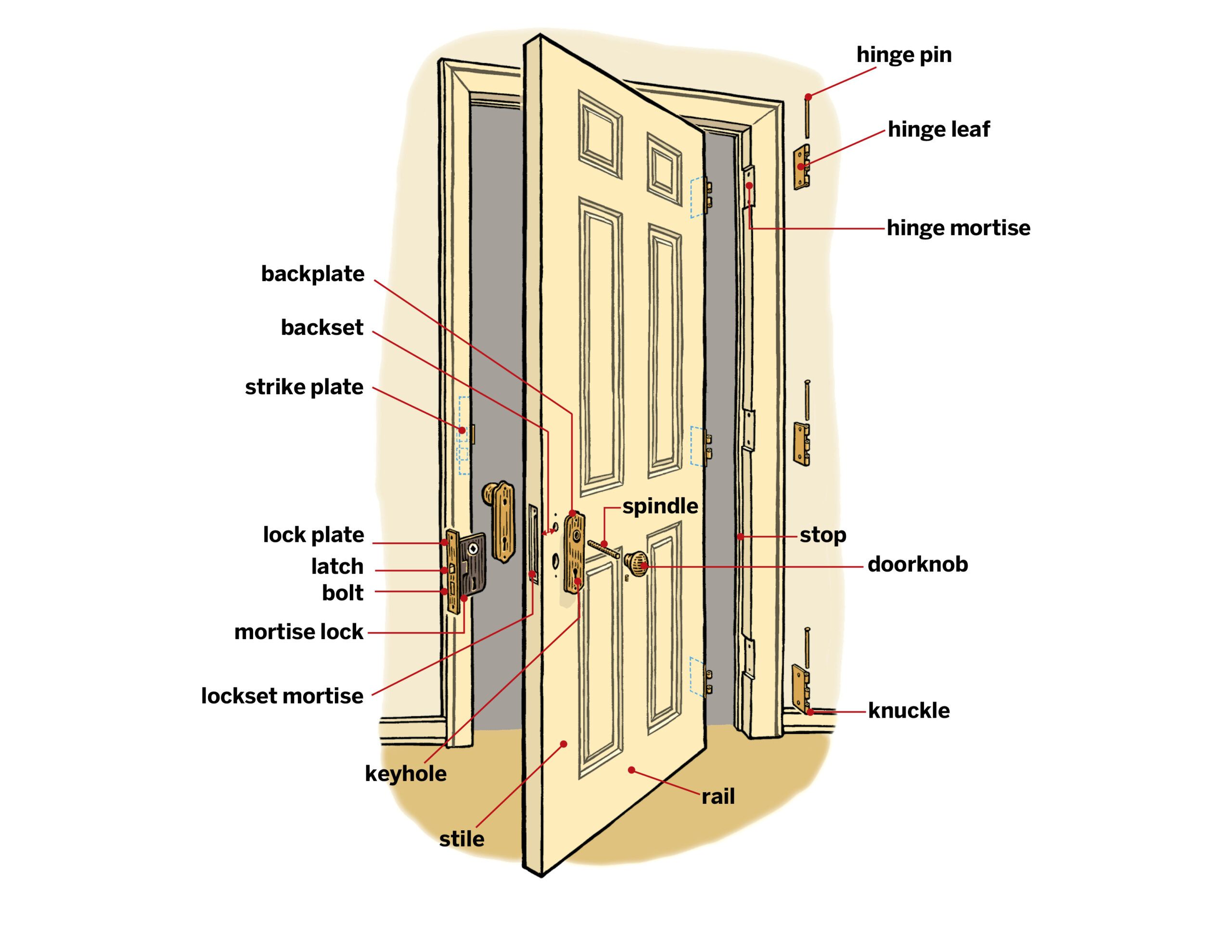
Essential Tools and Materials for Hanging a Door
Preparing to Hang an Interior Door
Once you’ve chosen the door type, you’ll need to prepare your doorframe before installing your new door by taking measurements and removing the old door, if needed. Then you’ll cut the new door to the proper size.
In the video below, general contractor Tom Silva shows how to hang a new interior door.
Measuring the Door Opening
Start by measuring the height and width of the door opening. Measure at multiple points to account for any irregularities in the frame. The new door should be about ¼ inch smaller than the opening in both height and width to allow for proper clearance.
Removing the Old Door
If you’re replacing an existing door, carefully remove it by unscrewing the hinges from the jamb. Note the hinge positions and any existing mortises — the recesses in which the hinges sit or the lockset slides — as these can guide your new door installation.
Trimming the New Door To Fit
Most pre-hung doors will require some trimming to fit perfectly in your door frame. This process requires precision and patience to ensure a proper fit.
Place the new door in the opening and shim it to center it, leaving an even gap around all sides. Mark where the door needs to be trimmed, typically allowing for a ⅛-inch gap on the sides and top, and about ⅜ inch at the bottom for clearance over flooring.
For minor trims less than ⅛ inch, you can use a plane. For larger cuts, a circular saw is more efficient. When using a circular saw, place painter’s tape along the cut line to prevent chipping, especially on veneered doors. For MDF doors, use a fine-toothed blade to ensure a clean cut.
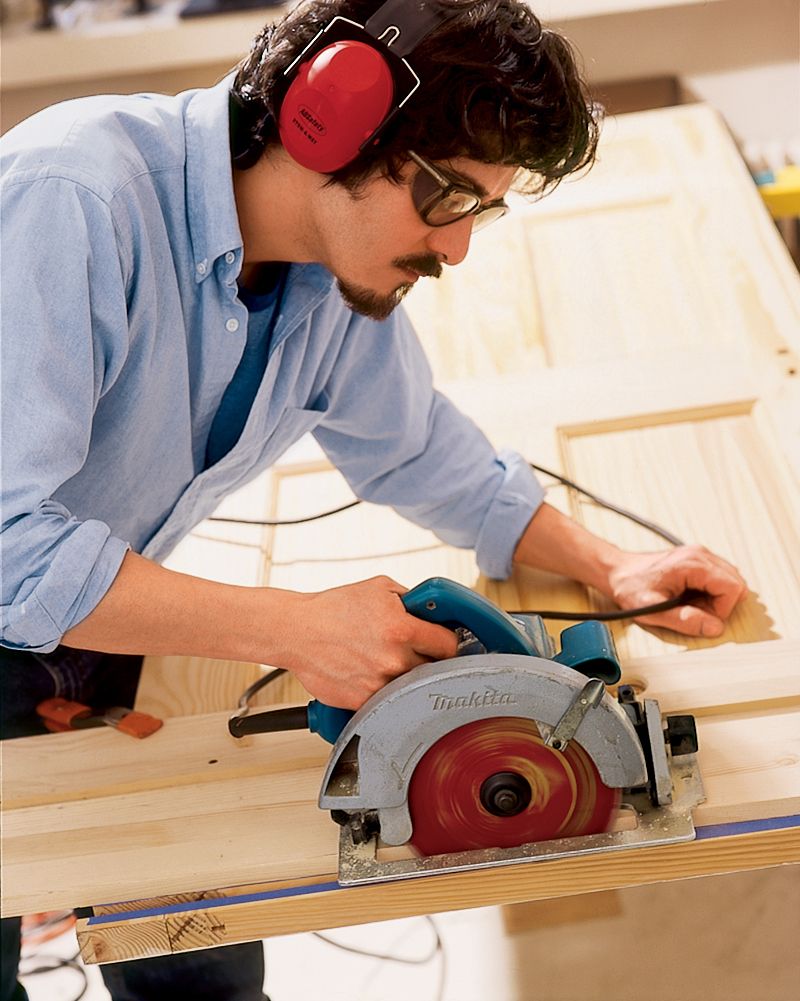
Installing Door Hinges
Next, you’ll need to install the hinges your new door needs. Your door will only operate smoothly if the hinge is properly installed. This process involves precise marking and careful chiseling to create mortises for the hinges.
Marking Hinge Locations
With the door positioned in the frame, mark where the existing hinge mortises on the jamb meet the door. If you’re installing new hinges, typical placement is 5–7 inches from the top of the door for the top hinge, 10–11 inches from the bottom for the bottom hinge, and centered between these for the middle hinge.
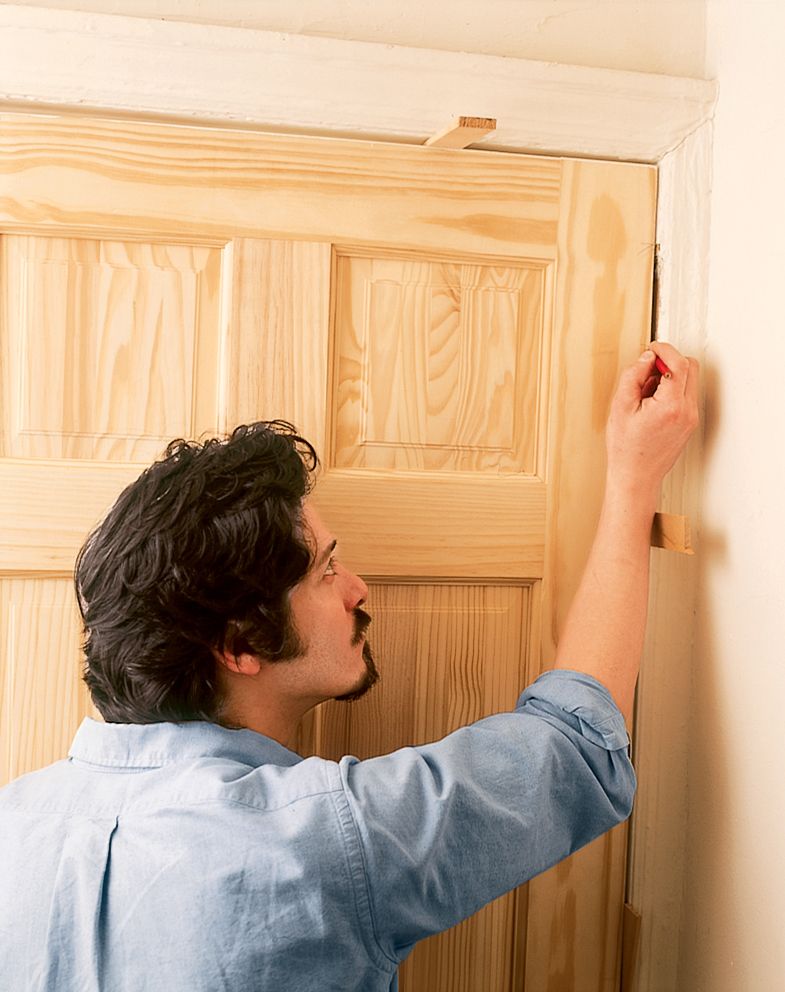
Chiseling Hinge Mortises
To create the mortises, first outline the hinge shape on the door edge. Score the outline with a utility knife, then use a sharp chisel to carefully remove wood to the depth of the hinge leaf. Work slowly and check the depth frequently to ensure a flush fit. You can also buy a hinge template at most big-box hardware stores. A router can also be a more efficient way to cut out mortises, but make sure you don’t cut them too deep.
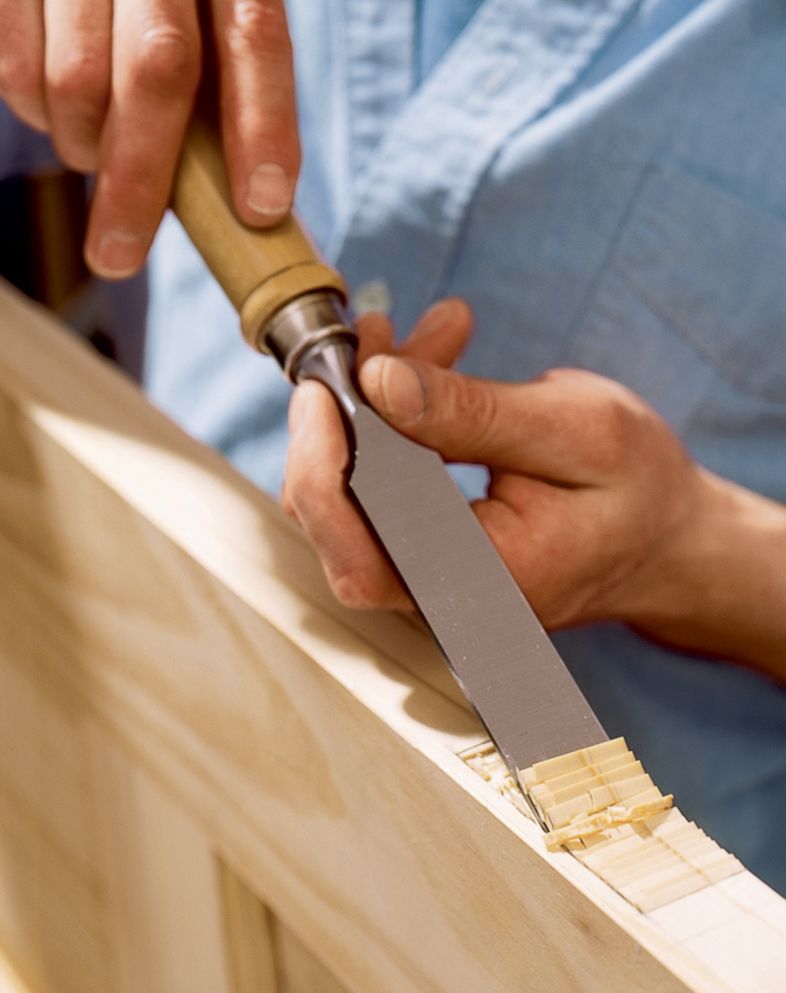
Attaching Hinges To the Door
Once the mortises are cut, position the hinge leaves and mark the screw holes. Drill pilot holes to prevent splitting, then secure the hinges to the door with screws.
Drilling for Interior Door Hardware
The next step in hanging your interior door is installing the lockset or doorknob. The process varies slightly depending on whether you’re installing a mortise lockset or a cylinder lockset.
Installing a Mortise Lockset
For a mortise lockset, you’ll need to create a pocket in the door edge. Use the lock’s template to mark the location, then drill a series of holes and chisel out the area between them to create a rectangular pocket. Chisel a shallow recess for the lock’s faceplate on the door edge.
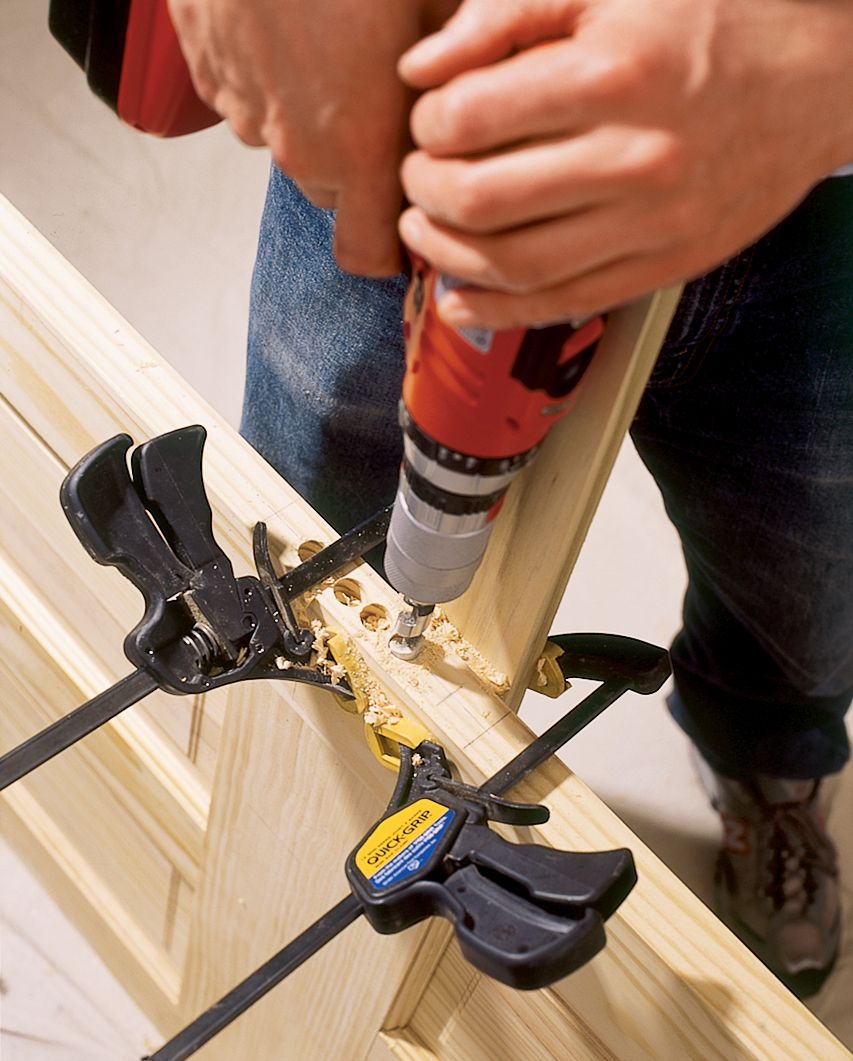
Installing a Cylinder Lockset
Cylinder locksets require holes in both the door face and edge. Use a hole saw kit to cut these holes, ensuring you set the jig for the correct backset (the distance from the door edge to the center of the knob).
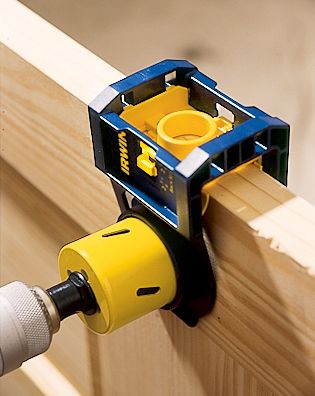
Drilling for Doorknobs and Handles
Mark the location for the doorknob, typically 36 inches from the floor. Use a hole saw to cut through the door face, then drill the smaller hole in the door edge for the latch mechanism.

Hanging Interior Doors
With the hinges and hardware holes prepared, you’re ready to hang the door in its frame.

Positioning the Door in the Frame
Carefully lift the door into position, aligning the hinge leaves on the door with those on the jamb. Use shims under the door to achieve the correct height and maintain even gaps around the door.
Attaching the Door To the Hinges
Insert the hinge pins to connect the door to the jamb. Start with the top hinge, then the bottom, and finally the middle. This method helps maintain alignment as you work.
Adjusting for Proper Alignment
Check that the door swings freely and sits square in the frame. Adjust the hinge screws or add shims behind the hinges if necessary to achieve proper alignment.
Hanging an Interior Door: Testing and Final Adjustments
Test your newly installed door to ensure it functions smoothly and securely. This step will help you identify any last-minute adjustments that may be needed. Open and close the door several times to check for smooth operation and confirm the latch engages correctly with the strike plate. Inspect all hinges to make sure they’re secure, and the door is properly aligned. Tighten any screws that may have loosened during the installation process.
Once everything is in place and functioning correctly, remove any remaining shims, clean up sawdust and debris, and touch up any paint or finish as needed.
Troubleshooting Common Interior Door Installation Issues
Even with careful installation, you may encounter some common issues. Here’s how to address them.
Dealing with Uneven Floors
If the floor is uneven, you may need to trim the bottom of the door at an angle to maintain an even gap when closed. Use a level to determine the correct angle before cutting.
Fixing Gaps Between Door and Frame
For small gaps, adjusting the hinges or adding an extra shim behind them can often solve the problem. For larger gaps, you may need to add weatherstripping or a door sweep.
Addressing Sticking or Binding Doors
If the door sticks, first check that the hinges are tight and the door is hanging square. You may need to plane down areas where the door is rubbing against the frame.
How To Hang Interior Doors: Our Conclusion
In some cases, it may be easier to simply install a new pre-hung door. Hanging an interior door is more challenging, but it is an achievable DIY project that can improve your home’s look. By following this comprehensive guide, you can successfully install a new door or replace an old one to transform your living space. Patience and precision are key to a successful door installation. Take your time with measurements and cuts, and don’t hesitate to make small adjustments as needed.
